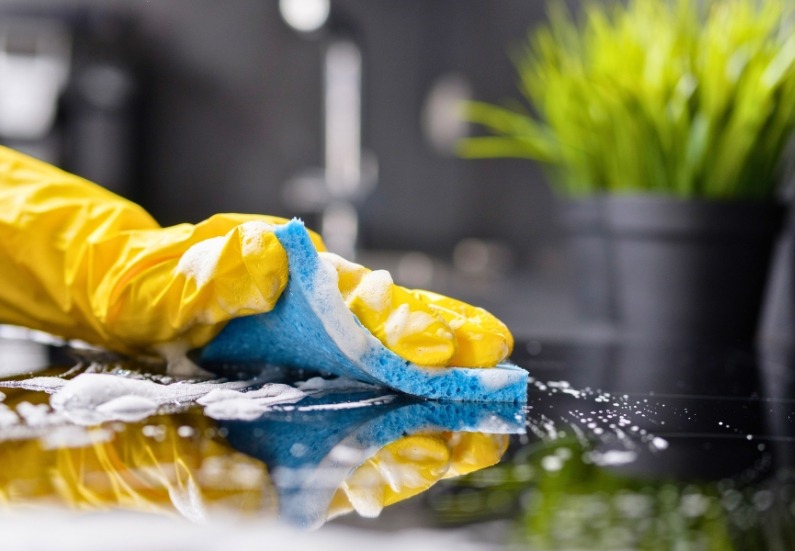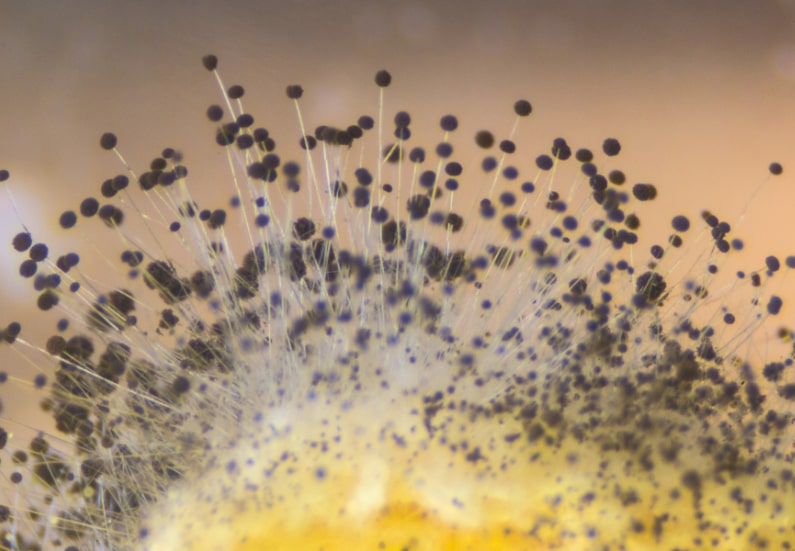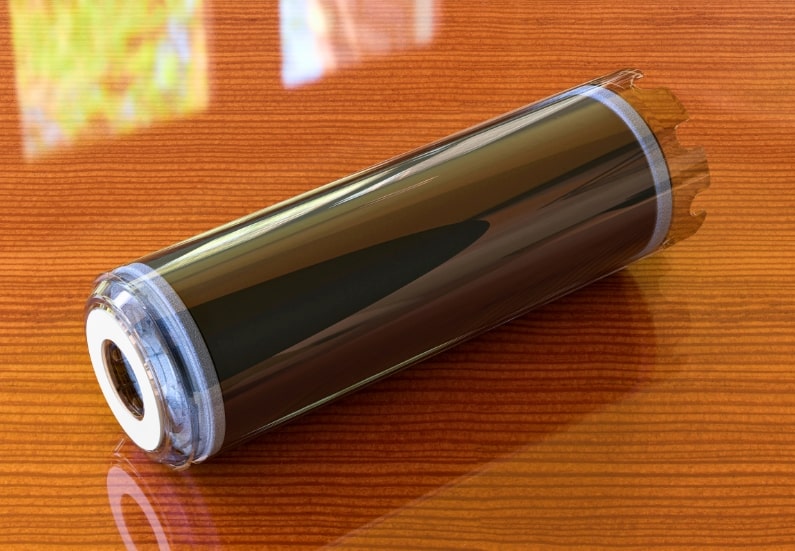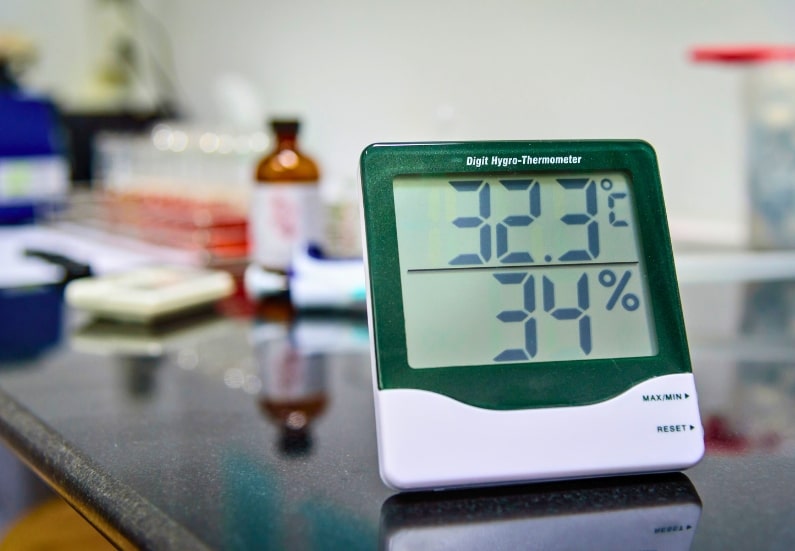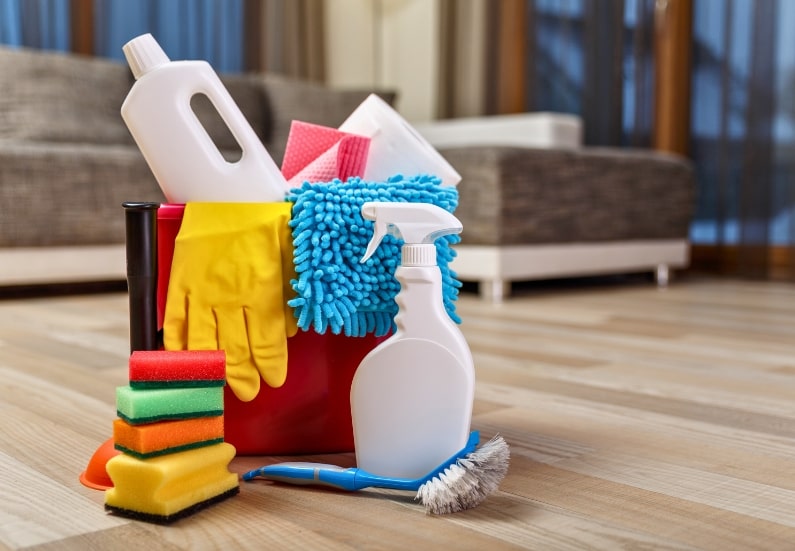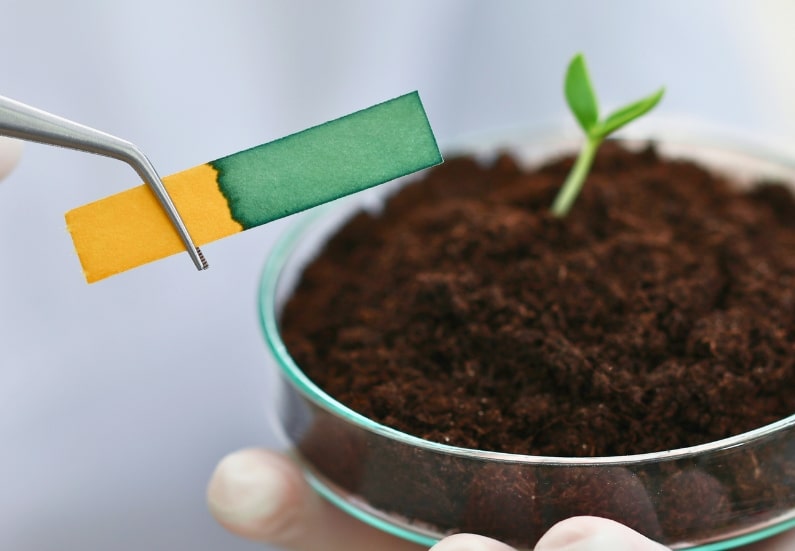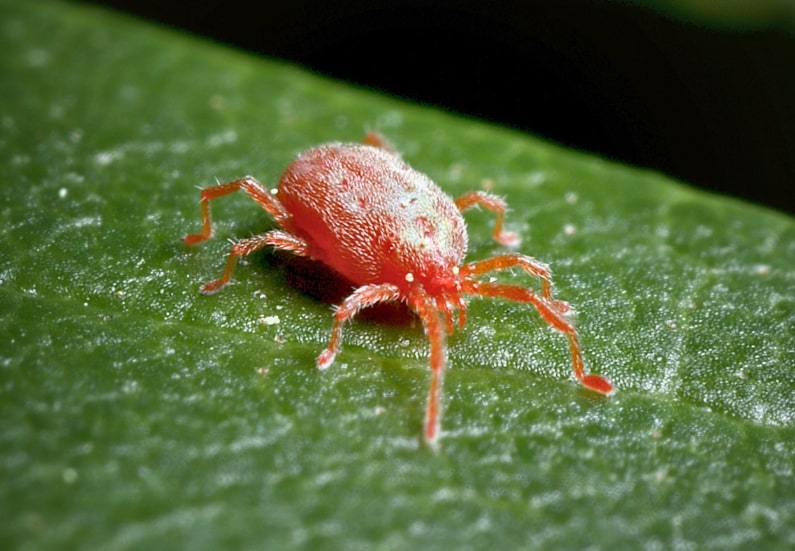How to Provide the Best Ventilation In an Indoor Grow Box?
Proper ventilation in your grow box requires a well-designed system incorporating intake and exhaust fans. A balanced airflow will help regulate temperature and humidity levels while supplying fresh air to your plants.
Proper ventilation is crucial for the health and growth of your plants, so it’s important to invest in a quality ventilation setup to ensure the success of your indoor garden.
Introduction
Hey there! So you’ve got a grow box and want to ensure proper ventilation to help your plants thrive. Well, you’re in the right place! Adequate ventilation is crucial for the health and growth of your plants, so let’s explore the best ways to achieve that.
Importance of Ventilation
Before we get into the details, let’s discuss why proper ventilation is essential for your grow box. Plants need a constant supply of fresh air to thrive. Without adequate ventilation, the air inside the grow box can become stagnant, leading to mold, mildew, and poor plant growth. Proper ventilation helps maintain the right temperature, humidity, and air circulation for your plants to flourish.
Factors to Consider
Several factors must be considered when ensuring proper ventilation in your grow box. These include the size of your grow box, the type of plants you’re growing, the surrounding environment, and your budget. Let’s break down each of these factors to help you make an informed decision.
Size of Grow Box
The size of your grow box will determine the type and number of ventilation fans you need. A larger grow box will require more powerful fans to circulate air effectively, while a smaller grow box may only need a single fan. Make sure to consider the dimensions of your grow box when choosing ventilation equipment.
Type of Plants
Different plants have different ventilation needs. Some plants require high humidity and constant airflow, while others prefer drier conditions. Research the specific needs of the plants you’re growing to determine the best ventilation setup.
Surrounding Environment
The surrounding environment plays a crucial role in the ventilation of your grow box. If your grow box is in a hot and humid area, you may need to invest in additional ventilation equipment to check temperatures and humidity levels. Similarly, if your grow box is in a cold or dry environment, you may need to adjust your ventilation setup accordingly.
Budget
Your budget will also impact the ventilation setup you choose for your grow box. There is a wide variety of ventilation fans, filters, and ducting options available on the market, each with its own price point. Consider your budget and prioritize the ventilation equipment that will impact your plant’s health and growth.
Ventilation Equipment
Now that we’ve covered the important factors to consider, let’s discuss the different types of ventilation equipment you can use in your grow box. From exhaust fans to carbon filters, several options are available to help you achieve proper ventilation.
Exhaust Fans
Exhaust fans are an essential component of any grow box ventilation system. These fans help remove stale air from the grow box and circulate fresh air outside. Make sure to choose an exhaust fan powerful enough to exchange the air in your grow box several times per hour.
Inline Fans
Inline fans are another type of fan that can be used with exhaust fans to improve air circulation in your grow box. These fans are typically installed inside the ducting system and help move air efficiently through the grow box. Consider using inline fans if you have a larger grow box or need to move air over long distances.
Carbon Filters
Carbon filters are essential for removing odors and impurities from the air in your grow box. They’re handy if you’re growing plants with a pungent smell or want to maintain a discreet operation. Make sure to replace the carbon filter regularly to ensure it remains effective.
Ducting
Ducting is the tubing that connects your ventilation fans and filters to the grow box. To ensure efficient airflow, choose the right size and material for ducting. Keep the ducting straight and short to minimize resistance and maximize airflow.
Oscillating Fans
In addition to exhaust and inline fans, oscillating fans can improve air circulation within the grow box. By moving air around the plants, these fans help prevent hot spots and stagnant air. Place oscillating fans strategically to ensure even distribution of fresh air.
Ventilation Strategy
Now that you know the different types of ventilation equipment available, it’s time to develop a ventilation strategy for your grow box. A good ventilation strategy will consider the size of your grow box, the type of plants you’re growing, and your environmental conditions.
Air Exchange Rate
The air exchange rate refers to the number of times the air in your grow box is replaced with fresh air per hour. A good rule of thumb is to exchange the air in your grow box at least once every 3-5 minutes. Calculate the volume of your grow box and choose ventilation equipment that can achieve the desired air exchange rate.
Negative Pressure
Creating negative pressure in your grow box can help prevent odors and impurities from escaping into your living space. To achieve negative pressure, make sure that the exhaust fans are pulling more air out of the grow box than the intake fans are bringing in. This will create a slight vacuum effect that helps contain odors and contaminants.
Light Leaks
Light leaks can disrupt your plants’ light cycle and negatively impact their growth. To maintain consistent light conditions, seal any light leaks in your grow box and use lightproof ducting and tape to cover any gaps or holes where light can seep in.
Temperature and Humidity
Proper ventilation can help regulate your grow box’s temperature and humidity levels. Monitor the temperature and humidity regularly and adjust your ventilation setup to maintain optimal plant conditions. A temperature and humidity controller can help automate this process.
Maintenance
Once you have set up your ventilation system, regular maintenance is important to ensure its effectiveness. Clean or replace air filters, inspect ducting for leaks, and oil fan motors as needed. Regular maintenance will help prevent issues and prolong the life of your ventilation equipment.
Conclusion
Congratulations! You now have a solid understanding of the best ways to ensure proper ventilation in your grow box. By considering the size of your grow box, the type of plants you’re growing, your budget, and choosing the right ventilation equipment, you can create an optimal environment for your plants to thrive. Remember to develop a ventilation strategy, monitor temperature and humidity levels, and perform regular maintenance to keep your grow box running smoothly. Happy growing!






